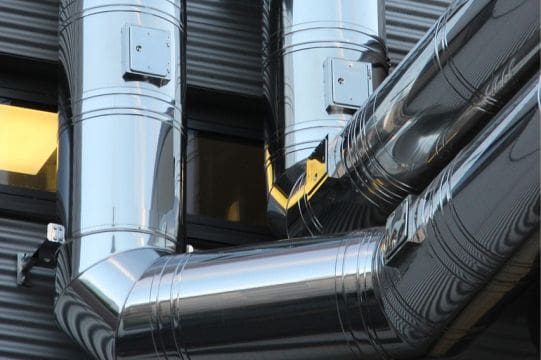A Comparison of Pipes and Tubes
People tend to use the words pipes and tubes interchangeably, and think they are one and the same but they are in fact different products. Pipes and tubes may both be cylindrical, hollow products and yet they are not the same. Below we discuss the key differences between the two.
Compare Stainless Steel Pipes and Tubes
Keep reading to learn the main differences between pipes and tubes. For more information on Euro Steel products, visit our blog page.
1. Shape
A pipe is a round tubular, whereas tube can be round, square, rectangular or even oval.
2. Measurement
Pipes are designated by a nominal pipe size (NPS or DN) that represents a rough indication of the pipe conveyance capacity and usually the ID is measured in inches. The most important dimensions for a pipe is the outer diameter (OD) together with the wall thickness (WT). OD minus 2 times WT (schedule) determine the inside diameter (ID) of a pipe, which determines the liquid capacity of the pipe. Tubes are measured by their OD and thickness in millimetres.
3. Uses
Pipes are used to transport fluids and gases, while tubes are generally used for architectural applications. Tubes can be used in other applications such as exhausts or even furniture.
4. Mechanical Properties
The most important mechanical parameters for pipes are the pressure rating, the yield strength, and the ductility. Mechanical properties on tubes such as the breaking strength and the yield stress are important for determining whether a bending device is capable of bending a tube.
Contact Euro Steel for All Your Stainless Steel Pipe and Tube Requirements
Euro Steel stocks a wide range of stainless steel pipes and fittings as well as ornamental tubing. In Gauteng we also have our very own large bore pipe plant that can produce piping from 12 inches to 80 inches diameter in full 6 metre lengths to any International Specification or customer requirement. Stock availability may vary from branch to branch. For more information contact your closest branch.



